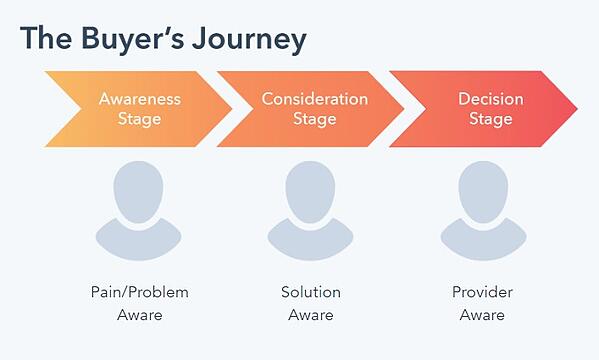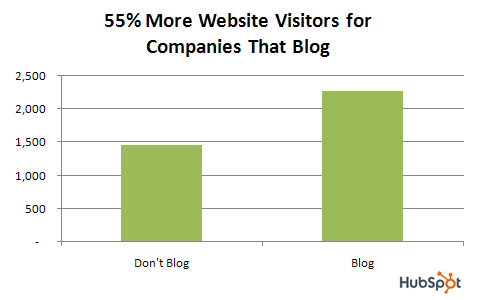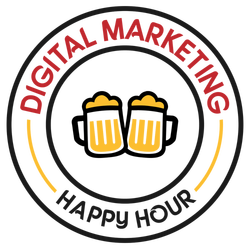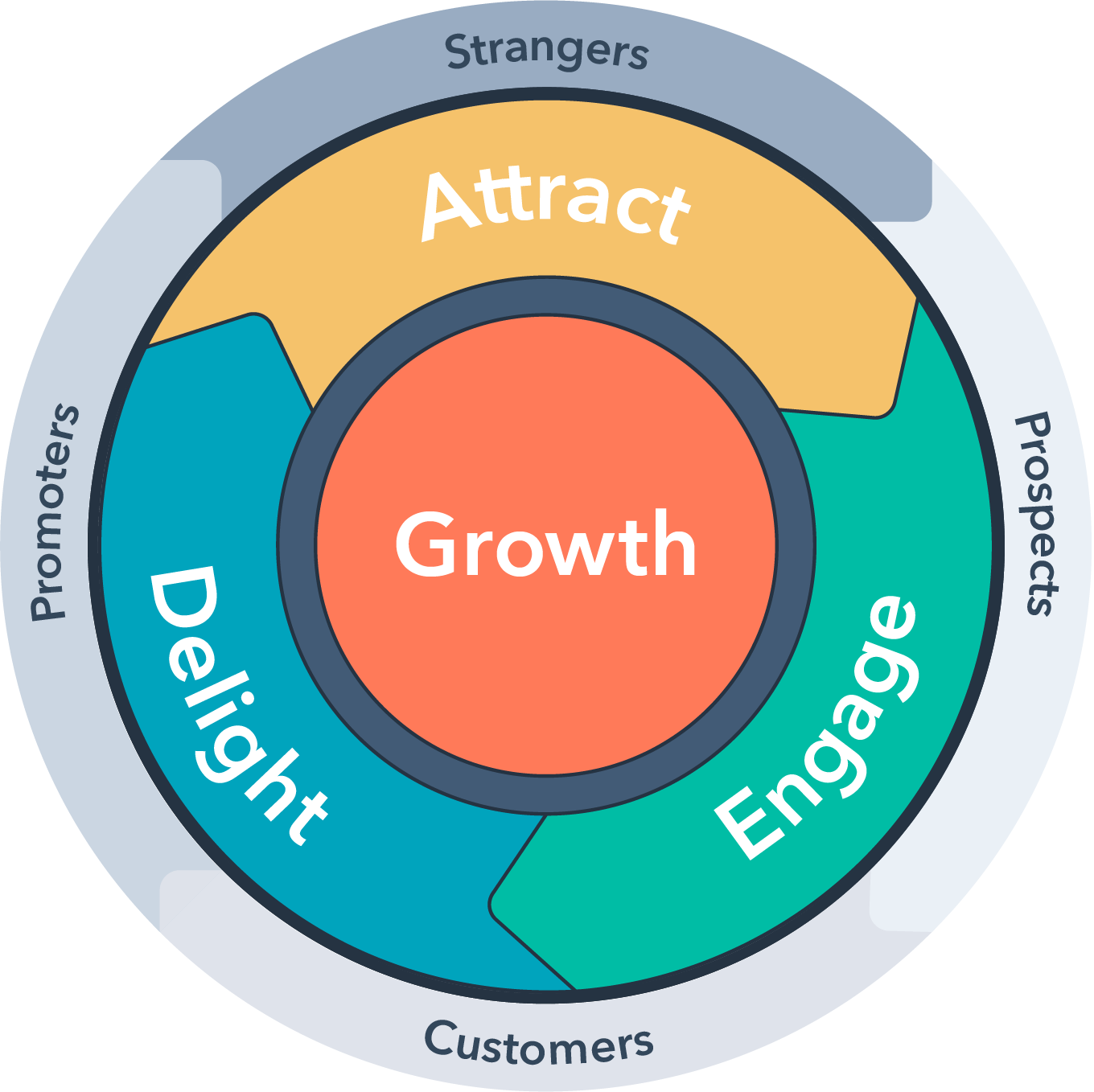You already know that content and content marketing is vital to build awareness and drive leads. However, with customers all at different stages in their buying journey, how do you know which content is right for each stage? In this episode, Chris Casale and Ryan Smith dissect the marketing funnel (read: marketing flywheel) to analyze which types of content are right for each stage to help your customers with their decision making.
Podcast highlights:
The Marketing Funnel vs Flywheel
Ryan Smith: [00:03:56] A traditional funnel, as we know, as you kind of start at the top and you push your way down to the top of the funnel, which is the awareness stage, then you have the middle of the funnel, which is that consideration stage. Then you have the bottom of the funnel, the decision stage. So old school, you could only start at the top. It could be because somebody saw a TV commercial. And that was the beginning of the awareness stage. That was kind of the only way they were going to learn about you. Eventually, they got to the bottom of the funnel where maybe they went into your brick and mortar store, and then that was the decision was made there. So that’s old school.
While the funnel has evolved over the years, the basic premise of the funnel is still very relevant in today’s digital marketing age.

Chris Casale: [00:04:29] However, we know a few years ago at inbound, Brian Halligan introduced a new way of looking at things, which is the flywheel. So instead of looking at it as a more traditional funnel or leads kind of trickle-down throughout the process, the flywheel is that continuous loop of customer engagement. And the reason for that, of course, is that once you’ve sold to your prospective customers, you want to keep them engaged with you. Right?
You want to keep them coming back to buy from you over and over again. And even if they’re not purchasing new products from you, you want them out there acting as a referral. So you want to be continually delighting those customers, making sure they’re engaged and happy with the product and they act as brand ambassadors for you over time.
So it’s the same concept. It’s just shifted a little bit so that you think about the long term effects of maintaining a relationship with those customers.
Ryan Smith: [00:05:15] So to interject here, Chris. One thing that we we just hate on this podcast is when you say anything marketing related is dead. And one thing you hear is like, well, there’s no such thing as a funnel anymore, you know? Is the funnel dead, Chris?
Chris Casale: [00:05:27] No, Ryan, nothing is dead.
Ryan Smith: [00:05:28] It really isn’t. But I think it’s I think what you can say is the funnel has evolved. So anybody who says I know all about this and you’re not listening anymore, maybe you do. Maybe you don’t.
And I still think the fundamental process of a funnel, and maybe we just…that’s why HubSpot changed to a flywheel because it’s not a typical funnel that you would think of where before you could only enter in at the very top of the funnel. Now you can come in right at the middle and be introduced at the same time, you know, based on whatever your marketing efforts are.
So, I think that’s some of the sort of nuances of how the funnel has changed, and I kind of like the flywheel because it is sort of that perpetual wheel that keeps spinning because as we know, you never stop marketing.
So even after they become a customer, you continue to market to them. Now, obviously, your messaging is going to change because they already bought from you. So there’s different things you can do with it.
“But you never stop marketing. You never stop communicating.”
But you never stop marketing. You never stop communicating.
So I get why HubSpot did that. But remember, the fundamentals has not changed. It is still the same:
- People have to become aware of you.
- They have to consider their options.
- And at the end of that, they’re going to make a decision.
So I think when we go through this, if you’re not familiar or you’re just starting off, or you’ve been doing this for a while, but you get confused maybe on what content types. Hopefully, this will help you as we break down content types for each part of the funnel.
Chris Casale: [00:06:53] Yeah, I really like the way you describe that, Ryan. It’s the flywheel that is simply an evolution of the traditional funnel. And the reason marketing continues to evolve is because the world around us continues to evolve. Right. And the main premise of the flywheel that I think is so important is to continue the relationship with your customers, continue to delight them and make them happy.
Chris Casale: [00:07:14] Why? Well, one of the keys today to any successful business is online reviews. Right. Jay Baer talked about that when we were talking about how to rewire the customer experience. Individuals leave reviews on a business or product or a service, and that informs other people in terms of whether or not they might be interested in purchasing the same product, service or whatnot. The flywheel is what allows that to happen because you’re engaging with your customers in such a way that their experience with you is fantastic.
Top of Funnel – Awareness Stage (Flywheel: Attract)
Where people looking for answers, resources, education, research data, opinions, and insight.
- Blogs – Blogging attracts 55% more visitors than those that don’t
- SEO – At the same time optimize your content for search engines
- Articles
- Social Media Post
- This includes Live video (e.g. Facebook Live)
- Infographics
- Quizzes
- Guides/Cheatsheets/Checklist
- Tool – like a calculator (e.g. financing a car or mortgage)
- How-To Video
- Ebook
- Educational webinar

Tip: Create content that solves your audience’s problem without pushing your product or service. The key here is to show value and gain trust with your audience.
Do not hard sell here.
Middle of Funnel – Consideration Stage (Flywheel: Engage)
Where people are doing heavy research on whether or not your product or service is a good fit for them.
- Case studies
- Product comparison
- Free sample
Ideal channels:
- Email marketing
- Retargeting ads on PPC and social media
Tip: Product demos on video are great at this stage. Your prospect has garnered some interest and now they are ready to start to learn about your product. Showcase the benefits and just state the features.
Bottom of Funnel – Decision Stage (Flywheel: Delight)
Where people are figuring out exactly what it would take to become a customer.
- Customer testimonials – especially on video are perfect
- Product discount/Coupon
- Live Demo
- Free Trial (see this with Freemium models)
Tip: Video Testimonials are gold. They are great to use in remarketing campaigns on social media (e.g. YouTube, Facebook); plus, should be part of your lead nurturing sequence (towards the end sequence, of course).
Rate, Review and Subscribe to the Digital Marketing Happy Hour Podcast

If you feel like you learned something of value or maybe laughed a little, would you please consider leaving a rating and review?
Finally, if you haven’t done so already, please subscribe to the podcast, so that you don’t miss another episode. It’s a seamless way to stay informed and up-to-date on digital marketing.
Have any topic ideas you’d like to learn more about or provide feedback from this episode?
Send an email to podcast@araxam.com
Subscribe
Apple, Spotify, iHeart, Stitcher or whatever podcast platform you prefer.

